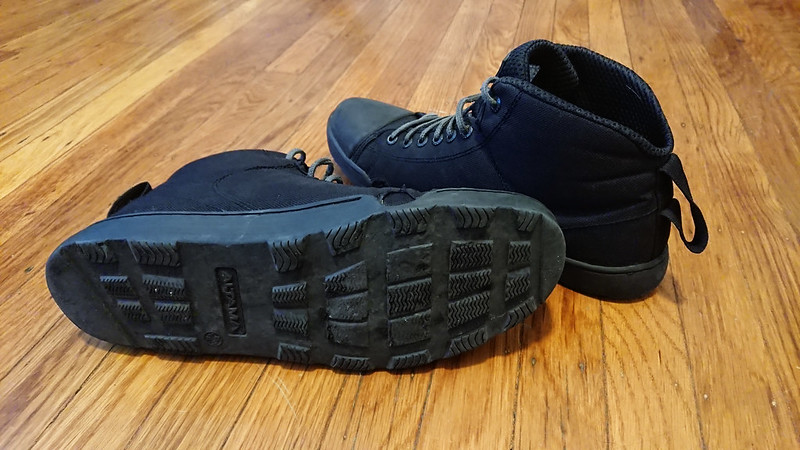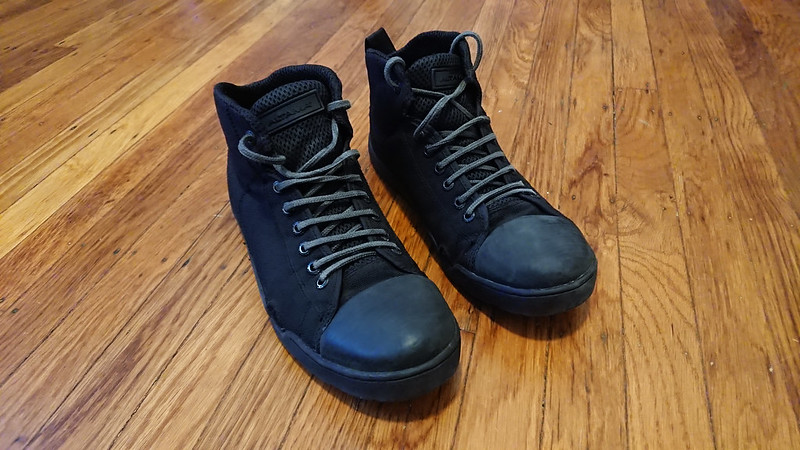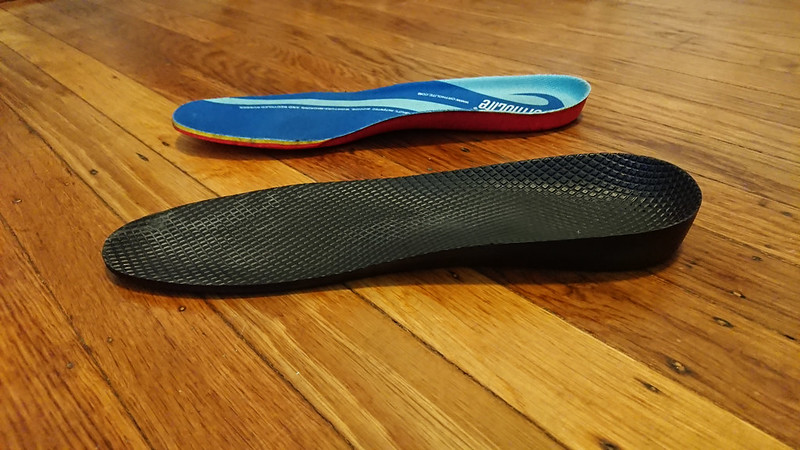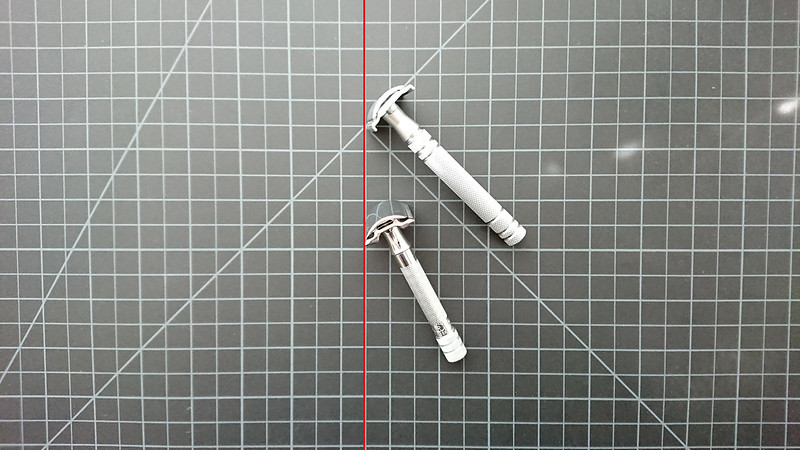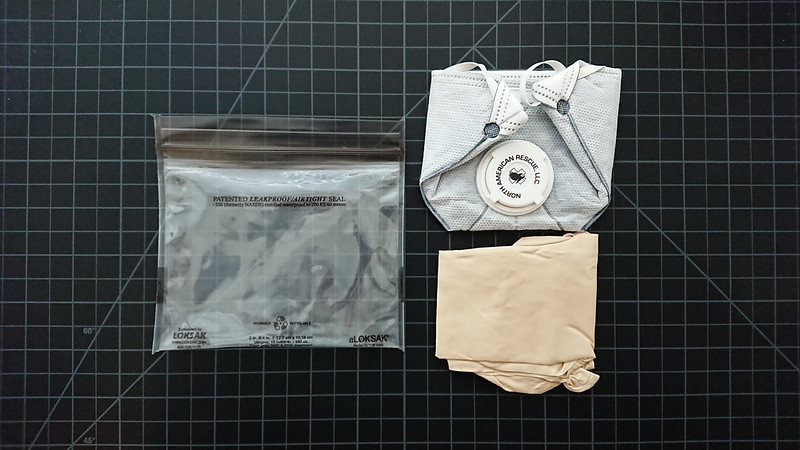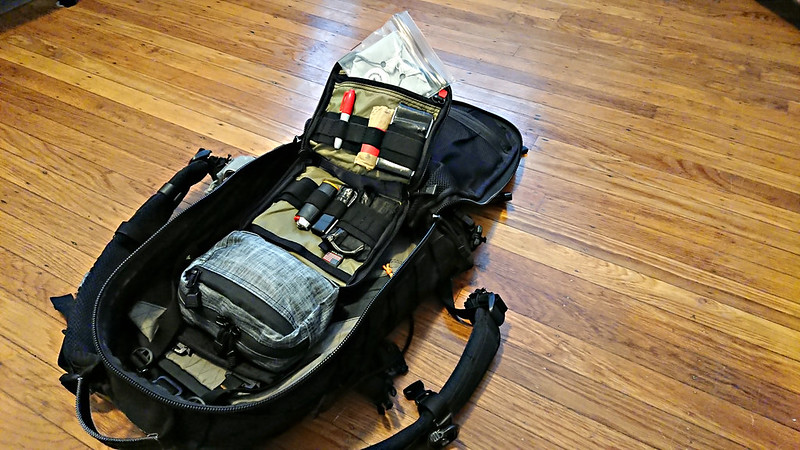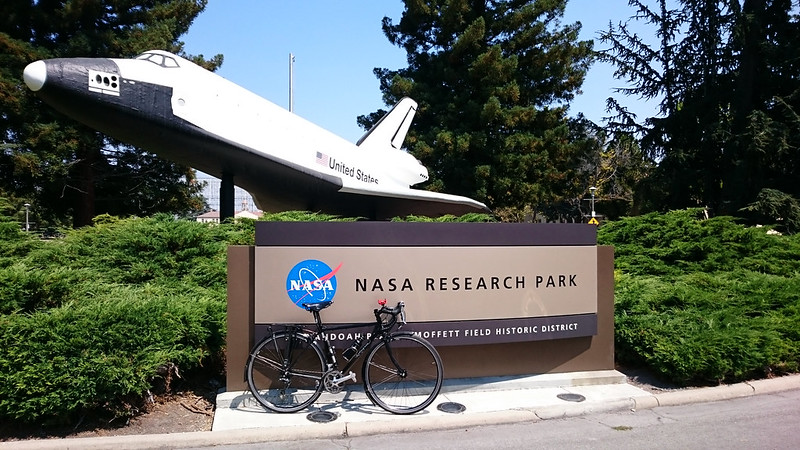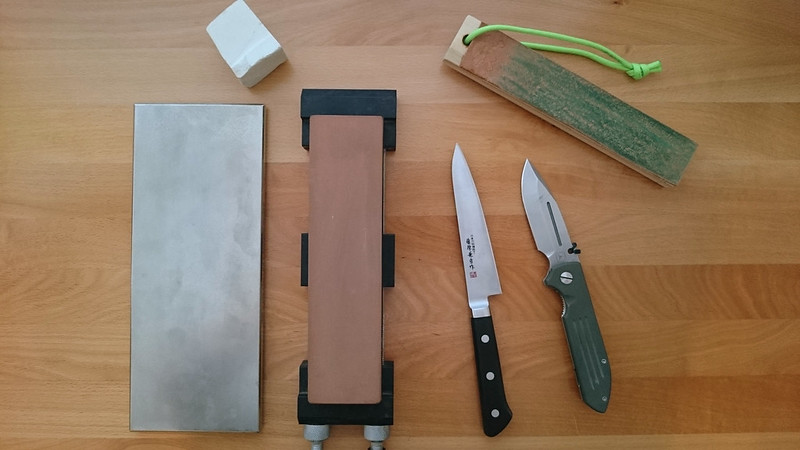Tactical Chucks
The Altama OTB Maritime Assault Boots are a great pair of everyday footwear. Modeled off of Chuck Taylors, they’re a fairly simple concept: a 1000D Cordura upper, large rubber toe cap, and low-profile outsole with minimal lugs.
The boots provide excellent grip on wet and dry concrete. Altama claims to use some sort of special sticky rubber, though it feels like typical shoe rubber to me. It is not noticeably sticky, like Five Ten’s rubber. The lug pattern is not ideal for dirt and mud, but for an everyday urban shoe I have no complaints. After 6 months, my boots shoe a reasonable amount of wear.
I bought them in a size US 10 / EUR 43, which fit me perfect. In most brands I alternate between a US 9.5 or 10, which usually translates to a fairly consistent EUR 42. They tip my scale at 29.3 oz (832 grams) for the pair.
The laces that come with the boots are ridiculously long. Unless you tuck them into the boot, they’ll catch on things. They constitute a hazard on the bike. I replaced them with Lawson Toughlaces, laced in a double helix and tied in a bowknot. Lawson’s laces are just heavy pieces of Technora with metal aglets on the end. Abrasian resistant, fire resistant to 932 degrees Fahrenheit, and with a breaking strength in excess of 1,000 lbs – you can saw through restraints all day with the Toughlaces and they will still probably last until the heat death of the universe. I have them cut to 58” for these boots.
Altama ships the boots with removable polyurethane insoles. This material makes sense for the intended water application of the boot, but I worried that they would be hot and uncomfortable for my more pedestrian use. So far I’ve not found that to be the case, but I’ve only had the boots since the end of September, so I can’t comment on their comfort in hot weather.
Neither the insole nor the boots themselves have any arch support, but they are not zero drop. There’s a heel to toe differential that feels like it is probably in the 6mm-8mm range. All of this lift, however, comes from the insole. After replacing the laces, my second modification was to purchase a pair of Ortholite Fusion Insoles. These are completely flat. The size 10 insole fit perfectly in my boots without any trimming, transforming them into zero-drop footwear. Unfortunately, the boots really want a slightly higher volume insole. With the Ortholites installed, I get a small amount of heel slippage that cannot be addressed by lacing. This is not an issue for my typical everyday wear, but would become problematic if hiking.
I still find myself switching between the stock polyurethane insoles and the Ortholites, but I lean toward the Ortholite being a more comfortable choice. It’s worth experimenting with them if you find high heels uncomfortable.
The Altama OTB Maritime boots feel like they come out of a latter Gibson novel. Black, minimal branding, fairly gender-neutral, and able to be worn, to a general lack of comment, during any year between 1945 and 2000.
